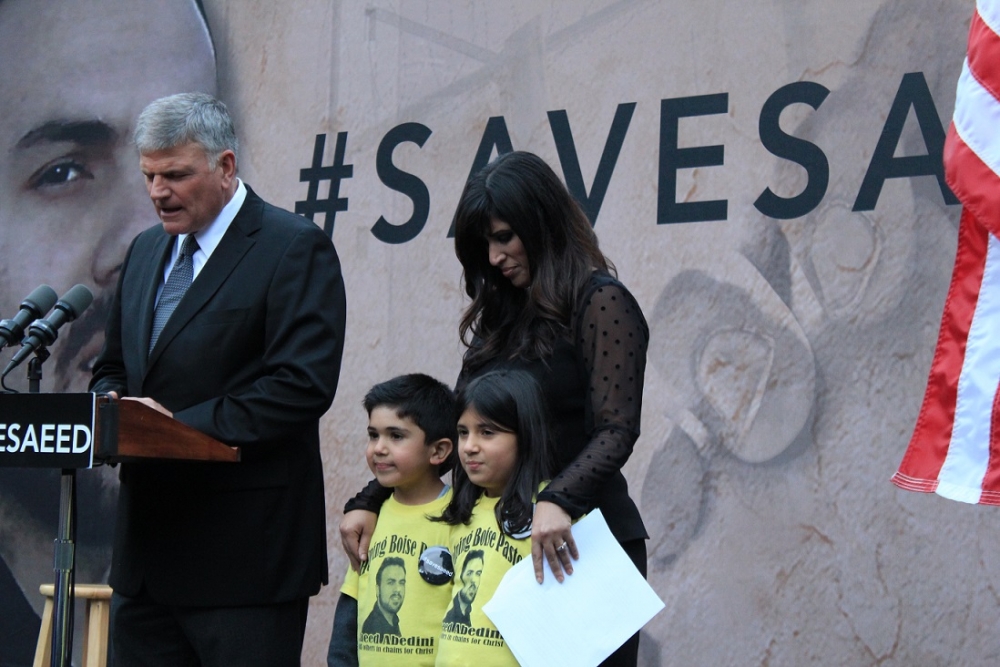By Michael Rubin
Perhaps no element in the Iranian arsenal has seen such rapid advances in recent years as Iran’s unmanned aerial vehicle program. While Iranian claims about reverse engineering a downed CIA RQ-170 drone are likely hyperbole, Iranian television and press have shown footage (without apparent doctoring) of a number of different Iranian UAVs: Iran unveiled a long-range Karrar UAV in 2010, a long-endurance model christened the Shahed-129 two years later, and a Fotros model in 2013, designed as an air-to-surface missile platform, capable of flying 25,000 feet and with an operational range of approximately 1300 miles. That same year Iran also began mass production of the reconnaissance Yasir model, which can operate at a ceiling of 15,000 feet and range of approximately 120 miles.
It is against this context that comments by Commander of the Islamic Revolutionary Guard Corps (IRGC) Hossein Salari, speaking about both Iran’s missile developments and its UAV advances, are most worrying. Salari has suggested that some Iranian UAVs—he did not specify model—now have a range of nearly 2000 miles, putting Israel and the Eastern Mediterranean well within its strike range.
The constant drumbeat of announcements every few months regarding Iran’s UAV program suggests that the IRGC will continue to emphasize its development, perhaps seeking parity with other powers. Increasing money and technology flow to the IRGC as Iran’s isolation decreases might mean that Iran’s already robust UAV research and development program will develop even more rapidly into the future.
Michael Rubin is Resident Scholar at American Enterprise Institute and a former Pentagon official .























